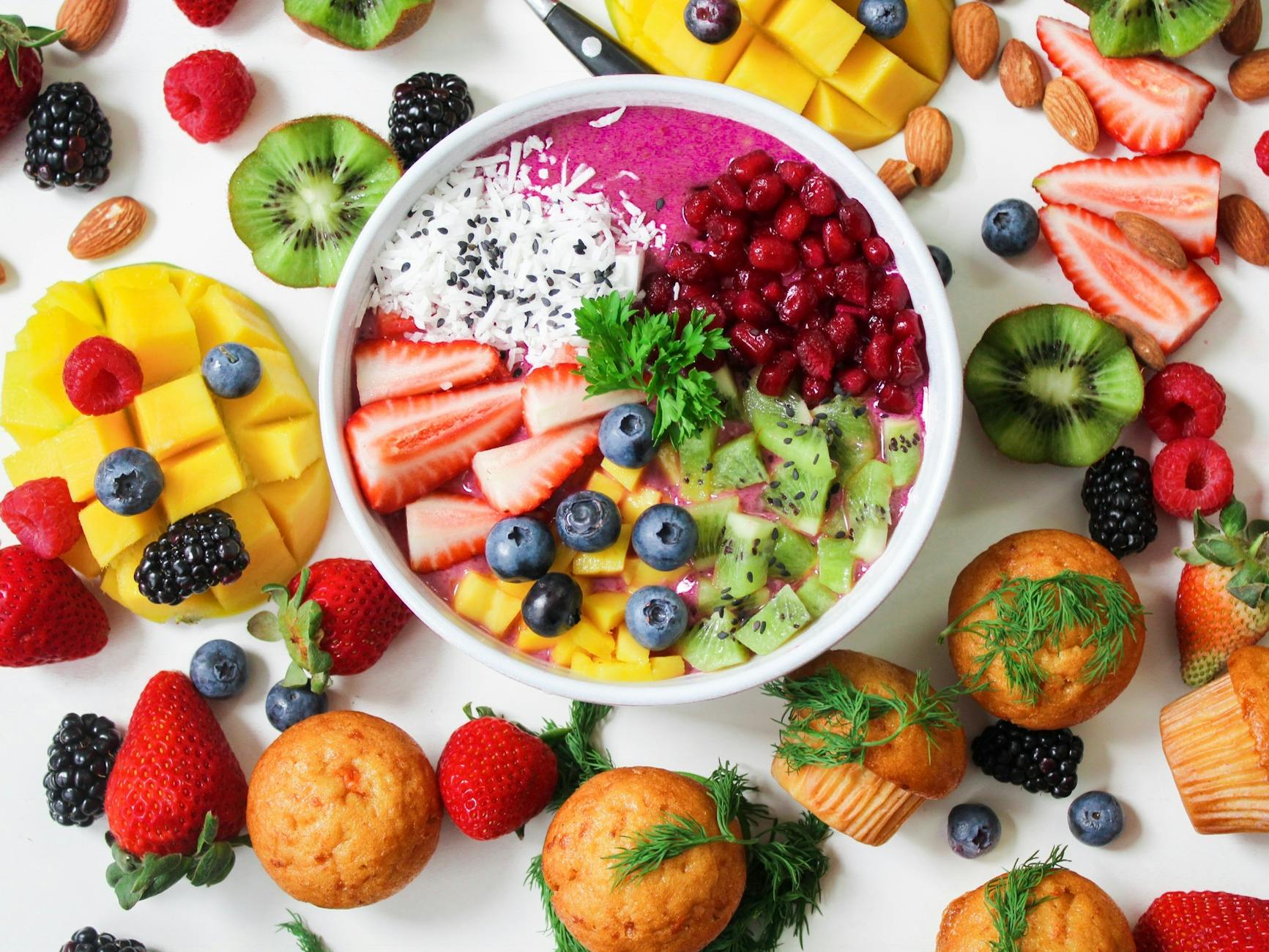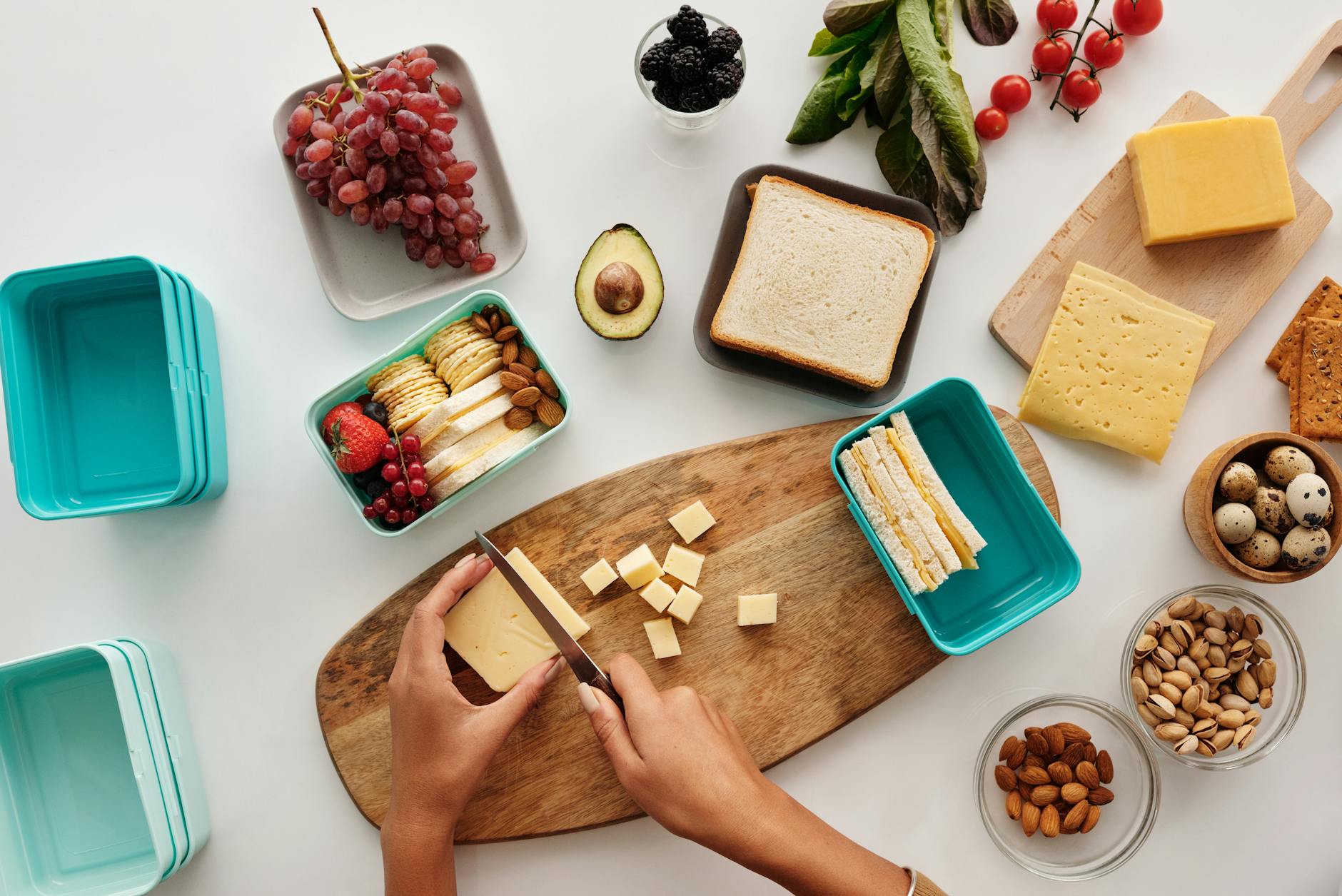The simple act of reaching for a vibrant apple or a crisp stalk of broccoli often takes a backseat. Yet, the resounding advice from health experts worldwide remains consistent: to optimize your well-being, you need to eat more fruits and vegetables. Despite this widespread knowledge, a significant portion of the population falls short of meeting the recommended daily intake. This often leaves people wondering: how can I genuinely incorporate more fruits and vegetables into my busy life?
This comprehensive guide will not only highlight the undeniable benefits of a plant-rich diet but will also equip you with practical, actionable strategies to effortlessly include more fruits and vegetables in your meals and snacks, transforming your health one delicious bite at a time.
Why Prioritize Fruits and Vegetables?
Before diving into the “how-to,” let’s briefly touch upon the profound “why.” Fruits and vegetables are nature’s nutritional powerhouses, packed with essential vitamins, minerals, fiber, and antioxidants that are crucial for myriad bodily functions.
Here are some key benefits of making them a cornerstone of your diet:
- Disease Prevention: Regular consumption is linked to a reduced risk of chronic diseases like heart disease, stroke, type 2 diabetes, and certain types of cancer. The antioxidants combat oxidative stress, protecting your cells from damage.
- Weight Management: High in fiber and water, fruits and vegetables are low in calories but high in volume, helping you feel full and satisfied, which can aid in weight loss or maintenance.
- Improved Digestion: The fiber content promotes healthy digestion, prevents constipation, and supports a thriving gut microbiome.
- Enhanced Energy and Mood: The wealth of nutrients contributes to better energy levels and can even positively impact mood and cognitive function.
- Boosted Immunity: Vitamins C, A, and various phytochemicals strengthen your immune system, helping your body ward off infections.
- Radiant Skin: Antioxidants and vitamins contribute to healthier, more vibrant skin.
The general recommendation for adults is to aim for roughly 2 cups of fruit and 2.5 to 3 cups of vegetables per day, though individual needs can vary. While these numbers might seem daunting, achieving them is more straightforward than you think with a few strategic approaches.

Practical Strategies to Eat More Fruits and Vegetables
The key to successfully incorporating more produce into your diet lies in consistency and creativity. Don’t aim for perfection overnight; instead, focus on making small, sustainable changes that add up over time.
1. Breakfast Boost: Start Your Day with a Bang
Breakfast is an excellent opportunity to eat more fruits and vegetables.
- Smoothie Power: This is perhaps the easiest way to incorporate more fruits and vegetables. Blend a handful of spinach (you won’t taste it!), half a banana, berries, and a liquid base like water or unsweetened almond milk. You can even add frozen cauliflower for extra creaminess and fiber without altering the taste.
- Oatmeal & Yogurt Toppings: Stir fresh or frozen berries, sliced bananas, or diced apples into your oatmeal or yogurt. A sprinkle of chia seeds or flaxseeds adds even more nutrients.
- Veggie Omelets & Scrambles: Load up your eggs with diced bell peppers, onions, mushrooms, spinach, or tomatoes. This savory option is both delicious and nutritious.
- Avocado Toast: Top your whole-grain toast with mashed avocado and a sprinkle of chili flakes or everything bagel seasoning.
2. Lunchtime Refresh: Healthy & Hearty
Make lunch a celebration of color and nutrients.
- Salad as a Main: Instead of a side salad, make it the main event! Load it with a variety of leafy greens, colorful bell peppers, cucumbers, carrots, cherry tomatoes, and protein like grilled chicken, beans, or lentils.
- Veggie-Packed Sandwiches & Wraps: Beyond lettuce and tomato, add spinach, shredded carrots, sliced cucumbers, roasted red peppers, or sprouts to your sandwiches and wraps.
- Soups & Stews: Prepare a batch of vegetable-rich soup or stew at the beginning of the week. Lentil soup, minestrone, or a simple chicken and vegetable soup are great options.
- Leftovers Reinvented: Add extra steamed or roasted vegetables to last night’s dinner leftovers.
3. Dinner Delights: Double Your Veggies
Dinner is often the easiest meal to include more fruits and vegetables.
- Double the Veggie Sides: Instead of one vegetable side dish, aim for two or three. Steam broccoli, roast some asparagus, and sauté spinach.
- Hidden Veggies: Grate zucchini or carrots into pasta sauces, meatballs, meatloaf, or casseroles. Finely chop mushrooms and add them to ground meat dishes.
- Stir-Fries & Curries: These dishes are perfect for packing in a wide array of vegetables like bell peppers, broccoli, carrots, snap peas, and bok choy.
- Veggie-Centric Meals: Dedicate certain nights to plant-based meals, such as a hearty lentil shepherd’s pie, black bean burgers, or roasted vegetable power bowls.
- Cauliflower Rice/Mash: Substitute some or all of your rice with cauliflower rice or mashed potatoes with mashed cauliflower for a lower-carb, higher-fiber alternative.
4. Snack Smart: Healthy Bites for Sustained Energy
Snacking can be a powerful opportunity to eat more fruits and vegetables and keep cravings at bay.
- Fruit Bowl: Keep a bowl of visible, easy-to-grab fruits like apples, bananas, oranges, and pears on your counter.
- Veggies & Dip: Pre-chop carrots, celery sticks, bell pepper strips, and cucumber slices, and pair them with hummus, guacamole, or a healthy Greek yogurt dip.
- Frozen Fruits: Enjoy frozen grapes, berries, or banana slices as a refreshing, naturally sweet treat.
- Edamame: Steamed edamame pods are a quick, protein-rich, and fiber-filled snack.
5. Get Creative with Cooking Methods
How you prepare your produce can significantly impact its appeal.
- Roast Them: Roasting brings out the natural sweetness in vegetables like broccoli, cauliflower, Brussels sprouts, carrots, and sweet potatoes. Toss with a little olive oil, salt, and pepper.
- Grill Them: Grilling adds a smoky flavor to vegetables like zucchini, bell peppers, onions, and corn on the cob.
- Puree Them: Add pureed vegetables (like butternut squash, sweet potato, or pumpkin) to soups, sauces, or even baked goods.
6. Shop Smart & Plan Ahead
Your shopping habits play a crucial role in how easily you can include more fruits and vegetables.
- Buy in Season: Seasonal produce is often fresher, tastier, and more affordable.
- Keep Produce Visible: Store fruits and vegetables where you can see them, rather than tucked away in a drawer.
- Don’t Forget Frozen & Canned: Frozen fruits and vegetables are picked at their peak ripeness and flash-frozen, locking in nutrients. Opt for plain frozen vegetables and canned options (like beans or diced tomatoes) with no added salt or sugar. They’re convenient and always available.
- Wash & Chop Ahead: Dedicate some time after grocery shopping to wash and chop your produce. Having ready-to-eat veggies makes healthy snacking and cooking much easier.

Simple Ways to Boost Your Daily Fruit & Veggie Intake
This table offers quick ideas to seamlessly incorporate more fruits and vegetables into your existing routine.
| Meal/Snack | Fruit/Vegetable Idea | Benefit/Tip |
|---|---|---|
| Breakfast | Add spinach to smoothies | You won’t taste it, but you’ll get iron and vitamins. |
| Top oatmeal/yogurt with berries | Adds natural sweetness, fiber, and antioxidants. | |
| Dice bell peppers into scrambled eggs | Boosts Vitamin C and adds crunch. | |
| Lunch | Make a large salad as the main meal | Versatile and packed with various nutrients. |
| Add shredded carrots to sandwiches/wraps | Easy way to add texture and Vitamin A. | |
| Pack a side of cucumber slices & hummus | Refreshing, hydrating, and provides healthy fats. | |
| Dinner | Double up on roasted vegetable sides | Roasting enhances flavor and nutrients. |
| Grate zucchini into pasta sauce | Hides veggies discreetly, adding fiber and moisture. | |
| Include bell peppers in stir-fry | Adds vibrant color, crunch, and a range of vitamins. | |
| Snacks | Apple slices with peanut butter | Portable, satisfying, and combines fiber with healthy fats. |
| Celery sticks with hummus | Great crunch, low in calories, and good for digestion. | |
| A handful of frozen grapes | A refreshing, naturally sweet alternative to processed snacks. | |
| Drinks | Add cucumber slices to water | Infuses flavor and encourages hydration. |
| Blend fruit into unsweetened tea | Natural sweetness and extra vitamins. |
Addressing Common Challenges
While the benefits are clear, hurdles can arise when trying to eat more fruits and vegetables.
- Taste Preferences: If you dislike certain vegetables, keep trying them prepared in different ways (raw, roasted, steamed, grilled). Experiment with herbs and spices. Start with milder options like corn, peas, or sweet potatoes.
- Cost: Buy in-season produce, utilize frozen and canned options (check labels for added salts/sugars), and look for sales. Larger bags of frozen vegetables are often more economical.
- Spoilage: Store produce correctly, plan your meals, and utilize your freezer for excess fruits and vegetables. Blended vegetable purees can be frozen in ice cube trays for easy addition to soups or sauces.
- Time/Convenience: This is where meal prepping and keeping pre-cut options on hand are invaluable. Wash and chop vegetables right after buying them.
A colorful Diet
Transforming your diet to eat more fruits and vegetables doesn’t have to be a daunting task. By adopting a mindset of small, consistent changes and embracing creativity in the kitchen, you can effortlessly incorporate more fruits and vegetables into every meal and snack. The journey to a healthier, more vibrant you begins with conscious choices, one colorful piece of produce at a time. Start today, experiment with new flavors, and relish the incredible benefits that a plant-rich diet offers. By following these strategies, you’ll successfully include more fruits and vegetables in your daily meals, paving the way for a healthier and more vibrant life.














